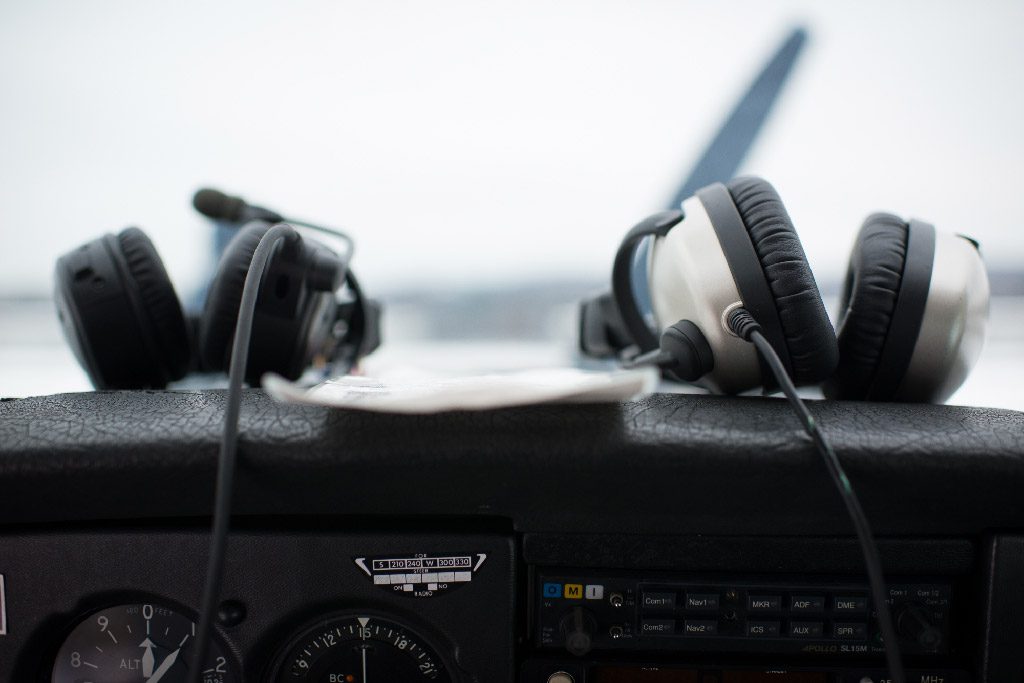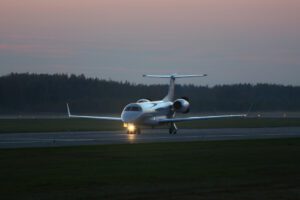Becoming an airline pilot is not a piece of cake; one has to go through some serious efforts and specific preparations, the 10 ATPL (Airline Transport Pilot License) examinations. Even though none of the subjects can be referred to as “easy” some are perceived to be less difficult owing to the rates at which they are passed and what is examined. Pass rates are included in the topics, tips, and pass rates are collected across 400 candidates who appeared for this examination in the year 2022. This document ranks these subjects on a scale from easiest to hardest. In this article, we will look at the 7 easiest ATPL exams, and in the next one, we will rank the 7 hardest ATPL exams according to their passing rates. You can also find some documents and syllabi for the subjects.
Communications
- Number of Questions: 34
- Duration: 1 hour
- Difficulty: Easy
- Pass Rate: 98%
This subject focuses on routine communication with air traffic control, covering operating procedures, distress signals, and weather information. Many candidates with a PPL find the content familiar, but thorough review and practice remain essential.
Air Law
- Number of Questions: 44
- Duration: 1 hour
- Difficulty: Easy to Medium
- Pass Rate: 92%

Air Law examines aviation regulations, airport signs, licensing, and safety procedures. It’s a memory-intensive subject, so drilling through the question bank is key to success.
Practise Communications questions for free
Explore key subtopics & core concepts of Communications Syllabus
Instrumentation
- Number of Questions: 60
- Exam Duration: 1 hour 30mins
- Difficulty: Easy to medium
- 90% of papers passed
This course centers around fundamental aircraft instruments, especially regarding navigation along with a surveillance system. It is simple because success is achieved by comprehending the subject and practicing it repeatedly.
Practise Instrumentation questions
Explore key subtopics & core concepts of the Instrumentation Syllabus
Operational Procedures
- Number of Questions: 42
- Exam Duration: 1 hour 15 mins
- 90% of papers passed
- Difficulty: Medium
In this particular subject a great deal of detail is provided on the amount of regulations and procedures that the pilot and crew is required to be familiar with before and during the flight. The fact that the pass rate in Operational Procedures is said to be ‘normal’ is out of whack with most candidates‟ lived experience; it is the experience where, no matter how hard you strive to understand the course material and rehearse the past questions, during the examination a completely new and unprecedented question may arise that most of the competent pilots would not be able to answer without the assistance of an ops manual or EASA standards – which in practice is what people do. The only possible advice is: try your best and do not let it get you down, the statistics are on your side!
Practise Operational Procedures questions
Explore key subtopics & core concepts of the Operational Procedures Syllabus
Human Performance and Limitations
- Number of Questions: 48
- Exam Duration: 1 hour 30 mins
- Difficulty: Medium
- 87% of papers passed
This subject relates to the human body and its functions, touches on physiological as well as psychological aspects, and focuses on the problems that can arise when flying at high altitudes for a long time. It is not as straightforward as it could be though as some questions are quite tricky and ‘scenario-based’ and often the answer that seems obvious is not the correct one, so stay organised and do your best.
Practise Human Performance & Limitations questions
Explore key subtopics & core concepts of the Human Performance and Limitations Syllabus
Radio Navigation

- Number of Questions: 66
- Exam Duration: 1 hour 30 mins
- Difficulty: Medium
- 86% of papers passed
Here you get to know more about the different radio navigation aids that are used on a daily basis. Among others, it covers the operation and use of instrument landing systems (ILS), performance-based navigation (PBN), satellite navigation, and distance measuring equipment (DME). The exam is heavy on satellite navigation and on PBN and is not just a memory exercise but requires some understanding of the systems.
This exam is generally regarded as being of medium difficulty, with some variation of assessment between candidates which we think is a reflection of variations in how well their ATOs teach the subject and how up-to-date their instructors are.
Explore key subtopics & core concepts of the Radio Navigation Syllabus
Aircraft General Knowledge
- Number of Questions: 80
- Exam Duration: 2 hours
- Difficulty: Medium
- 84% of papers passed
The subject Aircraft General Knowledge covers the construction, components, and operation of an aircraft, focusing on understanding its scope and details.
Practise Aircraft General Knowledge questions
Explore key subtopics & core concepts of the Aircraft General Knowledge
Mass and Balance
- Difficulty: Medium (but the time constraint can cause problems)
- Number of Questions: 25
- Exam Duration: 1 hour 15 mins
- 83% of papers passed
In mass and balance, mastering the center of gravity’s in-flight position and staying within limits is crucial, requiring practice for fluency despite the subject’s brevity.
Practise Mass and Balance questions
Explore key subtopics & core concepts of the Mass and Balance Syllabus
Conclusion
While none of the ATPL exams can be considered easy, certain subjects have higher pass rates and are more manageable with the right preparation. As you progress through your ATPL training, remember that consistent practice, staying organized, and reviewing past questions are key to mastering the material. With the right mindset and effort, you’ll be well on your way to achieving your aviation career goals!













